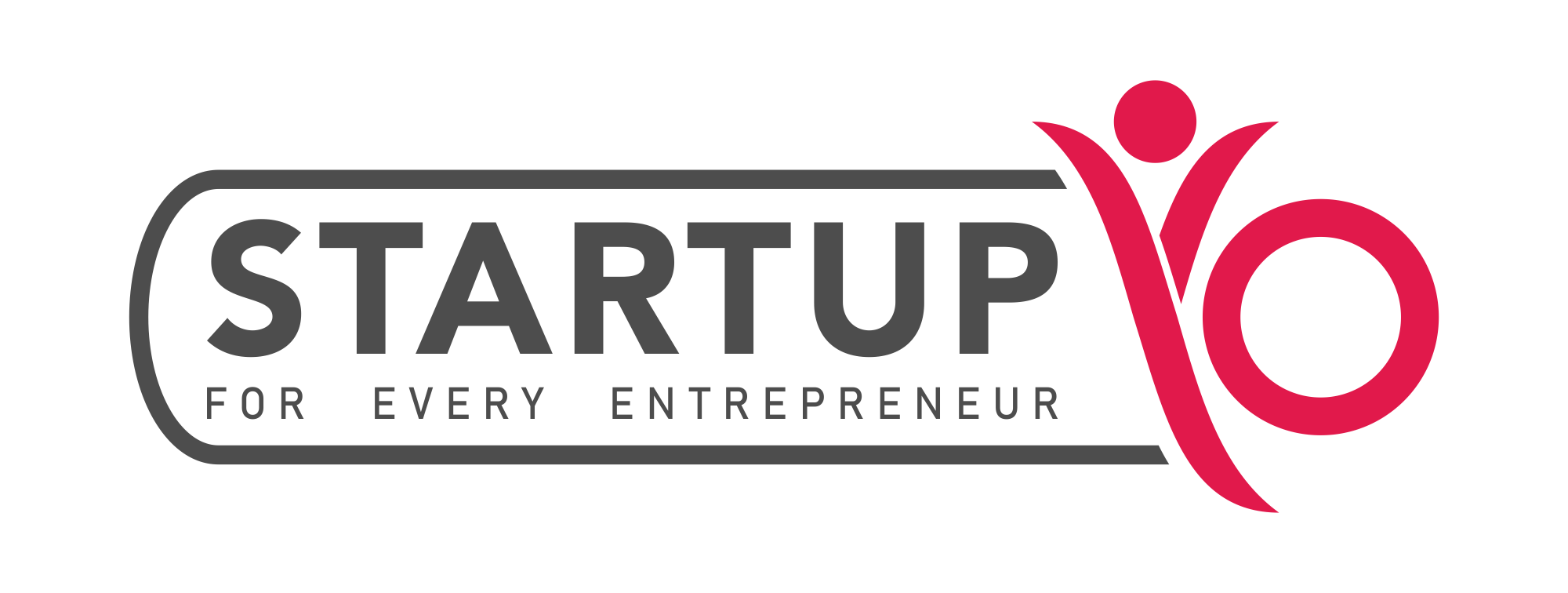Introduction ONDC platform
An ONDC (Open Network for Digital Commerce) platform is a technology infrastructure that facilitates digital commerce activities and transactions in an open and decentralised manner. It provides a framework for individuals and businesses to engage in online commerce without relying on traditional intermediaries like centralised marketplaces or payment processors
Characteristics of ONDC
One of the key features of an ONDC platform is its decentralised nature.
Instead of relying on a single entity or centralised server, the platform operates on a network of computers, known as nodes, which collectively maintain the blockchain and validate transactions. This decentralised architecture ensures that no single point of failure exists, making the platform more resilient and less vulnerable to attacks.
In addition to decentralisation, an ONDC platform typically incorporates smart contracts which enable automation, reduce costs, and enhance efficiency in digital commerce activities.
Furthermore, an ONDC platform often embraces open standards and protocols. Openness allows for interoperability, enabling different systems and applications to seamlessly connect and interact with the platform. By adopting open standards, the platform encourages innovation and competition, enabling developers to build upon existing infrastructure and create new services and applications that benefit the ecosystem as a whole.
The ONDC platform also emphasises data privacy and security. Personal and transactional data is typically encrypted and stored on the blockchain, ensuring confidentiality and integrity.
The decentralised nature of the platform, coupled with cryptographic techniques, enhances security and mitigates the risk of data breaches and unauthorised access.
Moreover, an ONDC platform aims to foster a community-driven ecosystem. Participants, including merchants, consumers, developers, and service providers, collectively contribute to the platform’s growth and development. Open governance models allow stakeholders to have a say in decision-making processes, ensuring fairness and inclusivity.
Brief History
In India, the ONDC platform was introduced as part of the government’s efforts to transform the country’s digital commerce ecosystem. The idea of the ONDC platform was first proposed in 2020, with the vision of creating a centralised digital platform that would enable seamless integration of various e-commerce players, including both online retailers and offline vendors.
The primary objective was to eliminate the dominance of a few large e-commerce players and promote a more inclusive and competitive market environment.
In 2021, the Indian government announced its plans to develop the ONDC platform and set up a dedicated team to oversee its implementation. The platform was designed to offer several key features and functionalities, including a single-window registration system for sellers, a standardised product catalogue, and a common logistics framework. These features were aimed at reducing the barriers to entry for small businesses and enabling them to reach a wider customer base.
To ensure the successful implementation of the ONDC platform, the government collaborated with various stakeholders, including e-commerce companies, industry experts, and regulators. The platform underwent rigorous testing and refinements to address technical challenges and ensure its effectiveness.
On 31 December 2022, the ONDC platform was officially launched, marking a significant milestone in India’s digital commerce landscape. With the platform in place, small businesses were expected to benefit from increased visibility, access to a larger customer base, and streamlined logistics support. Consumers could enjoy a wider range of products and services from diverse sellers while having greater confidence in the authenticity and quality of the offerings.
Read More : 5 Best Email Marketing Software for an E-Commerce
The ONDC platform continued to evolve and adapt to the changing needs of the e-commerce ecosystem. It fostered innovation and competition while promoting a fair and inclusive marketplace. The government remained committed to monitoring and enhancing the platform’s functionality, ensuring that it continued to deliver on its objectives of promoting digital commerce and empowering small businesses in India.
How does ONDC platform work
The Open Network for Digital Commerce (ONDC) platform is designed to facilitate seamless digital commerce transactions in an open and interoperable environment. It aims to provide a secure and transparent ecosystem for buyers, sellers, and service providers to engage in e-commerce activities.
The general overview of how an open network for digital commerce platform typically works is summarised below :-
- Architecture and Infrastructure : The ONDC platform is built on a robust and scalable infrastructure, leveraging modern technologies such as cloud computing and distributed ledger technology (DLT). The architecture ensures the reliability, availability, and security of the platform.
- Interoperability : The ONDC platform focuses on interoperability, allowing different stakeholders to connect and interact seamlessly. It defines standard protocols, data formats, and APIs to enable integration with various systems, including e-commerce websites, payment gateways, logistics providers, and regulatory authorities.
- User Registration and Authentication : Users, including buyers, sellers, and service providers, register on the ONDC platform by providing necessary details and verifying their identities. The platform employs secure authentication mechanisms, such as two-factor authentication or biometrics, to ensure the integrity and privacy of user accounts.
- Product and Service Listings : Sellers list their products or services using standardised templates. These listings include essential information like product description, pricing, availability, and relevant metadata. The platform ensures that sellers provide accurate information about their offerings.
- Search and Discovery : Data Buyers can search for products or services based on specific criteria, such as category, price range, location, or user ratings. The platform uses various techniques to provide relevant and personalized results to users.
- Transactions and Payments : The ONDC platform facilitates secure transactions between buyers and sellers. It supports multiple payment options, including online banking, digital wallets, credit/debit cards, or other payment gateways. The platform ensures the integrity and confidentiality of payment information through encryption and secure communication protocols.
- Trust and Reputation Management : The ONDC platform incorporates mechanisms to establish trust among users. It may include features like user ratings, reviews, and feedback.
- Order Fulfilment and Logistics : Once a transaction is completed, the platform assists in order fulfilment and logistics coordination. It may integrate with logistics providers to enable shipment tracking, delivery notifications, and returns management.
- Dispute Resolution : In case of any disputes or conflicts between buyers and sellers, the ONDC platform provides a mechanism for resolution. This may involve mediation, arbitration, or an escalation process to ensure fair and transparent resolution of conflicts.
- Regulatory Compliance : The ONDC platform adheres to relevant legal and regulatory frameworks governing digital commerce. It may incorporate compliance mechanisms for tax calculations, invoicing, data protection, consumer rights, and other applicable regulations.
The specific implementation and features of an ONDC platform may vary, and additional components and functionalities may be included depending on the requirements of the platform and the ecosystem it operates in.
Benefits of ONDC platform :
The Open Network for Digital Commerce (ONDC) platform offers numerous benefits for digital commerce.
Some specific advantages are :-
- ONDC provides a level playing field for all participants in the digital commerce ecosystem. This accessibility fosters innovation, diversity, and fair competition.
- ONDC facilitates seamless interoperability between different stakeholders, including e-commerce platforms, logistics providers, payment gateways, and other service providers. This interoperability reduces friction, streamlines processes, and enhances overall efficiency.
- By leveraging the ONDC platform, businesses can significantly reduce their operational costs. The standardised infrastructure and shared services eliminate the need for expensive custom integrations and development. Moreover, ONDC allows for efficient resource utilization, reducing redundant efforts and increasing cost-effectiveness for all participants.
- The ONDC platform prioritizes trust and security in digital commerce transactions. It incorporates robust encryption and authentication mechanisms to protect sensitive user data, ensuring secure transactions. The use of blockchain technology can enhance data integrity, transparency, and auditability, further strengthening trust in the ecosystem.
- ONDC allows businesses to provide seamless customer experience. It promotes the sharing of customer data with consent, allowing businesses to provide tailored recommendations, personalized offers, and efficient customer support.
- With ONDC, businesses can benefit from streamlined logistics operations. The platform facilitates integration with logistics service providers, enabling real-time tracking, efficient order fulfillment, and timely delivery. This streamlined logistics process enhances customer satisfaction and reduces delivery-related issues.
Read More : What Is an E-Commerce Business, How Can I Start?
- The open nature of ONDC encourages collaboration and innovation within the digital commerce ecosystem. The sharing of APIs and data enables the development of innovative solutions that address market gaps and enhance the overall digital commerce experience.
- ONDC ensures adherence to data privacy, consumer protection, and competition regulations. By providing a standardized framework, ONDC helps businesses navigate the complex regulatory landscape, fostering trust and accountability.
- The ONDC platform is designed to handle a high volume of transactions and accommodate future growth. It offers scalability as well as flexibility, enabling business expansion without significant changes in the infrastructure.
- By enabling SMEs to compete effectively in the digital commerce space, ONDC fosters economic inclusivity, stimulates local businesses, and supports overall economic development.
These benefits of the ONDC platform demonstrate its potential to revolutionize the digital commerce ecosystem, fostering a more accessible, efficient, and secure environment for businesses and customers alike.
FAQ’s
What is the purpose of an ONDC platform?
The main purpose of an ONDC platform is to provide a digital medium to businesses of varying sizes to operate seamlessly in a competitive manner.
Give some examples of ONDC using companies in India?
Companies like Microsoft, Paytm, Meesho and Dunzo are using ONDC.
Why do we need ONDC?
We need ONDC because it will protect users from monopoly or duopoly.
How can I access ONDC in India?
One needs to get access to the UPI platform Paytm. You have to simply type ONDC in the search bar and then select the purpose of using it to complete the action.
Who will benefit from ONDC?
The ONDC platform is significantly beneficial for the local commerce sector.
Disclaimer: The information contained in this article is for general information purposes only. The information is provided by StartupYo (SAB Weblabs Pvt. Ltd). While we endeavor to keep the information up to date and truest to the best of our knowledge, we make no representations or warranties of any kind, express or implied, about the completeness, accuracy, reliability, suitability, or availability with respect to the website or the information, products, services, or related graphics contained on the website for any purpose. Any reliance you place on such information is therefore strictly at your own risk.



